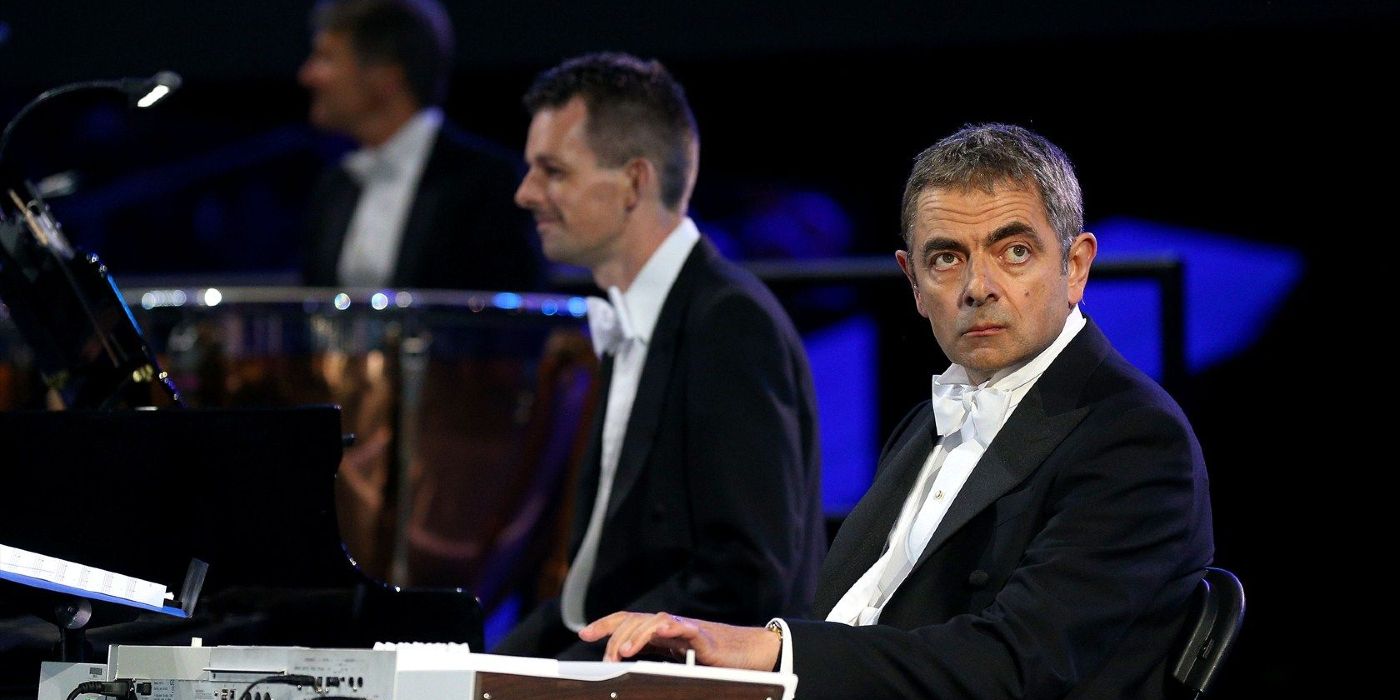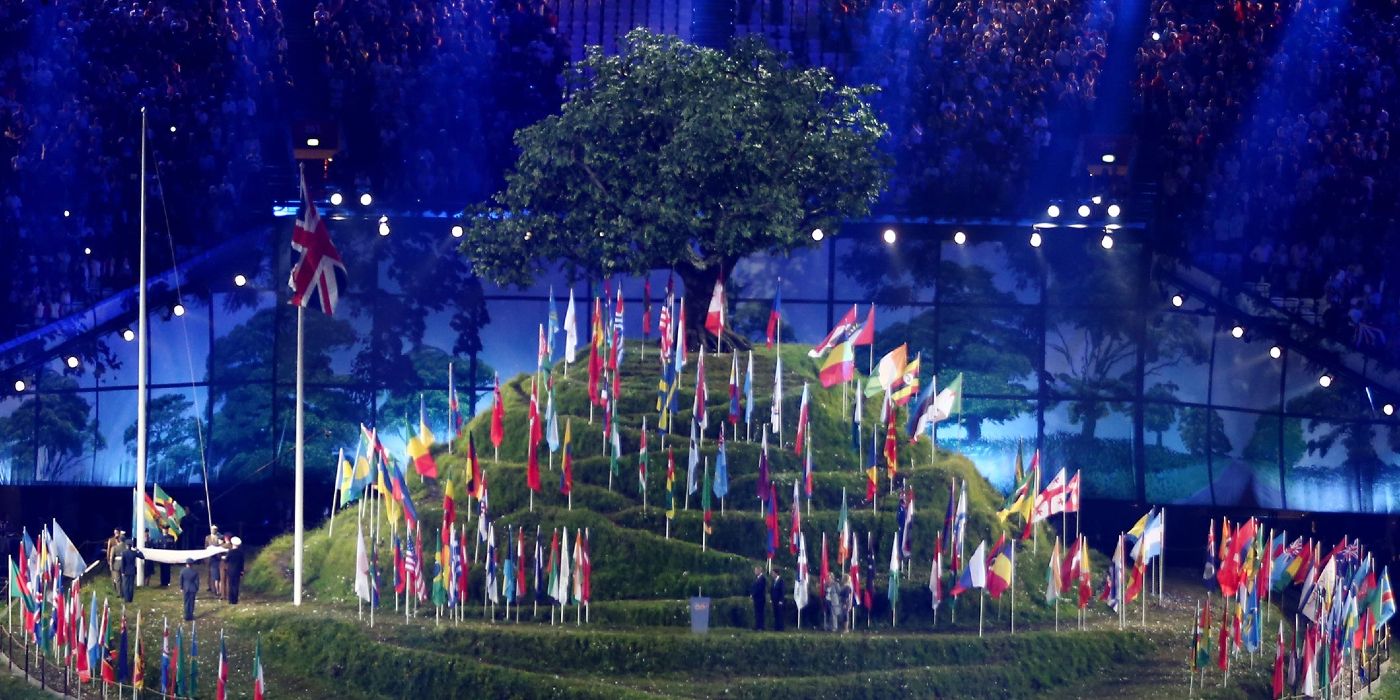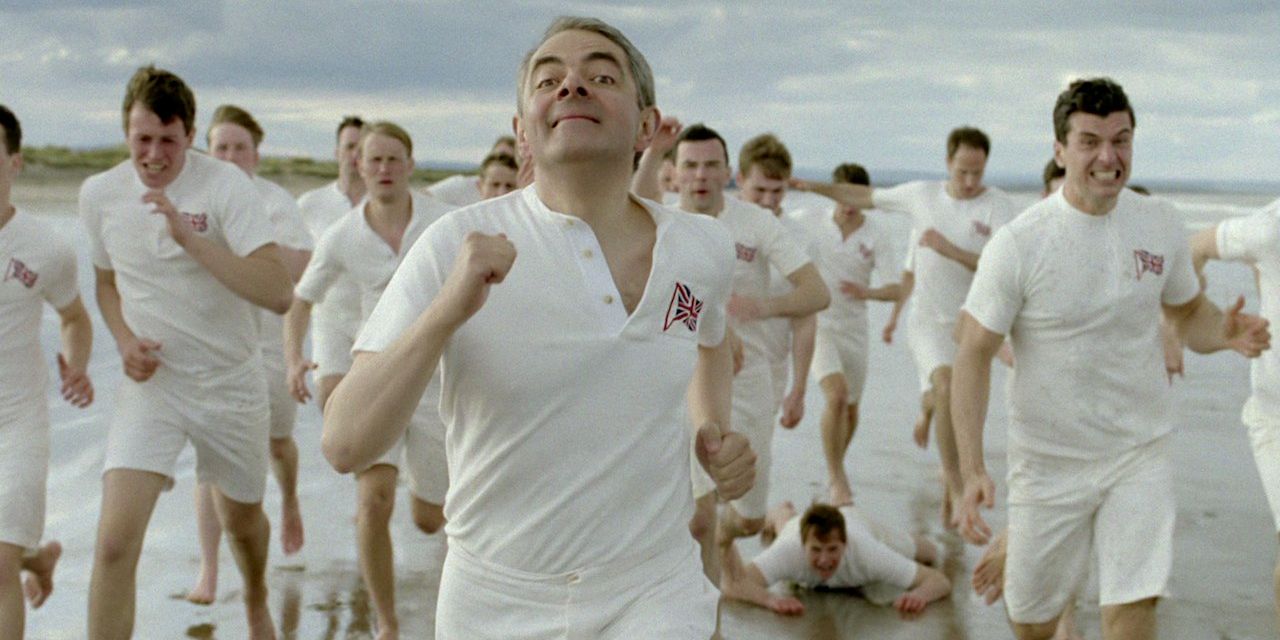Picture the scene: It’s the London 2012 Olympics, and the best athletes from all over the world have assembled to compete. These are the very best examples of human achievement, demi-gods who can run the fastest, jump the highest, and lift the heaviest. It’s the opening ceremony where these best-of-the-best are revealed to the world… and who should steal the show but a frumpy 57-year-old Englishman who (self-confessed) has “never worked out a day in his life”?
Indeed, for all the athletes and spectacle at the 2012 Olympic Opening Ceremony, the event will primarily be remembered for Rowan Atkinson’s revival of his iconic character, Mr. Bean. Supposedly ‘retired’ after the film Mr. Bean’s Holiday premiered in 2007, the lovable buffoon made his triumphant return at the international sporting event, surprising audiences and participants alike.
But in recent years, titbits of information have been released, explaining the story behind Atkinson’s presence at the ceremony. From why the character made an appearance, to how the team cheated certain elements, here’s the secret story behind Mr. Bean’s iconic Olympic performance.
Titled Isles of Wonder, the 2012 Olympic opening ceremony faced serious public apprehension from its inception. The 2008 Olympic opening ceremony in Beijing was called the “greatest of all time” by critics, praised for its spectacle and extravagance – it was estimated that ceremony cost £65m alone, whereas the London edition had a measly £27m to work with. With this decrease in budget and a high benchmark to meet, many in the media were pessimistic about the ceremony’s chance of success, with a vocal majority predicting it was going to be an outright embarrassment. But the UK had a secret weapon: British culture.
Directed by Trainspotting and Slumdog Millionaire mastermind Danny Boyle, the ceremony set out to be a celebration of British culture and history, featuring such touchpoints like Shakespeare, the Industrial Revolution, and Tim Berners-Less inventing the world wide web. However, Boyle also wanted to celebrate the famous “British sense of humour”, so naturally turned to Mr. Bean. By being mute, the bumbling pseudo-mime had become beloved all over the world, with audiences enjoying his slapstick antics without the language barrier.
Reportedly, Boyle approached Atkinson and character co-creator Richard Curtis on using the famous figure, and they set about crafting his appearance without the rest of the performers knowing: Mr. Bean’s presence was kept an utter secret. Only Sir Simon Rattle, the conductor of the London Symphony Orchestra who Mr. Bean ‘performed’ with, knew the whole truth of the performance and so he could rehearse his small interaction with Atkinson. It’s obvious the two got along – Rattle was invited by Atkinson to help perform on the score of his upcoming film, Johnny English Strikes Again. Ironically, however, neither Atkinson nor the LSO are actually playing in this section: he told Classic FM radio show that the whole thing (including sections played by the actual orchestra) was “pre-recorded, so I was just miming to the music”.
Moreover, the song played by Bean the LSO references the film Chariots of Fire, which tells the true story of two British athletes preparing to compete in the 1924 Olympic Games in Paris. In a ‘dream sequence’, Bean parodies the most memorable sequence of this film: the British running team jogging down a wet and windy beach. In Mr. Bean’s iteration, however, he gets tired and hires a taxicab to bring him the rest of the way.
Surprisingly, however, Atkinson wasn’t on set for this sequence, due to scheduling conflicts and to keep Mr. Bean’s appearance under wraps, so Mr. Bean’s expressive head was VFX-ed onto another runner’s body. Misleading? Sure, but if it means the world gets a performance as memorable and joyful as this one, it’s utterly worth it.



